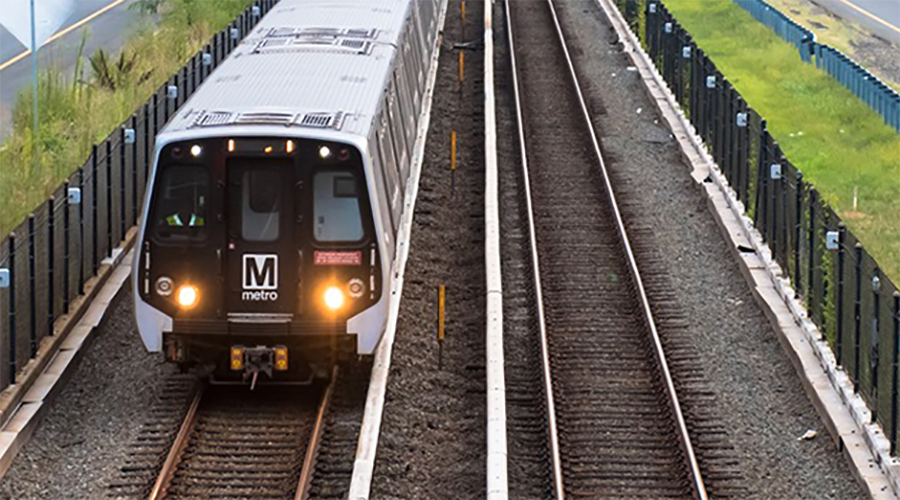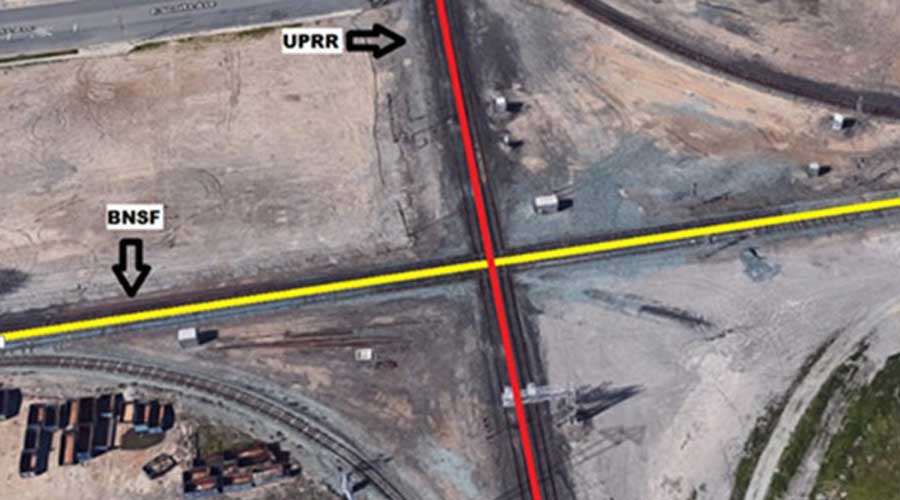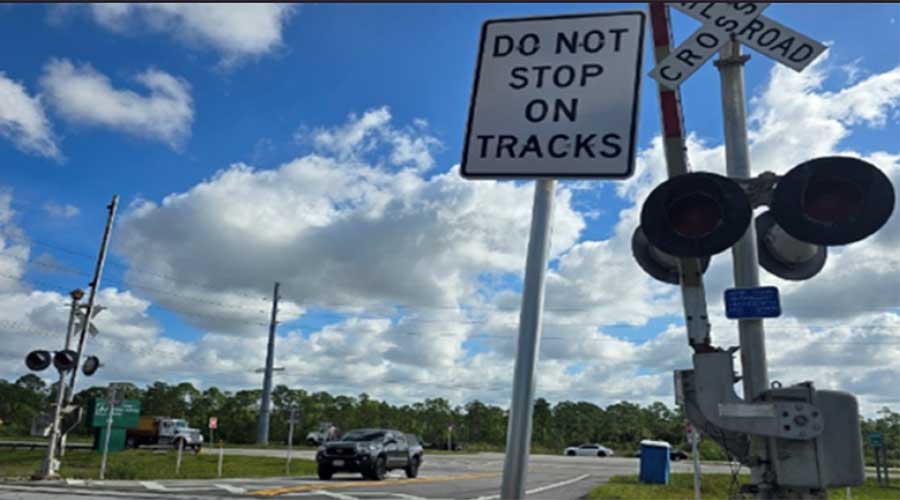Newsletter Sign Up
Stay updated on news, articles and information for the rail industry
Stay updated on news, articles and information for the rail industry
RAIL EMPLOYMENT & NOTICES
Rail News Home
Rail Industry Trends
Rail News: Rail Industry Trends
5/11/2009
Rail News: Rail Industry Trends
EPA report: Freight-car orders fall to 27-year low in first quarter
advertisement
Against a backdrop of declining rail traffic, it’s not surprising that rail-car orders amounted to only 2,374 units in the first quarter — the lowest quarterly level since the recession-impacted period of 1982-83, according to Economic Planning Associates Inc.’s (EPA) latest “Outlook for Rail Cars” quarterly report.
Car assemblies totaled 7,657 units, dropping first-quarter backlogs to 26,171 cars, the lowest level since first-quarter 2003.
“With some 20 percent of the various fleets on the sidelines, the recession in full force, a sharp decline in rail-car loadings and the constrained financial environment, the outlook for rail-car deliveries this year and next continues to dim,” EPA officials said in the report, adding that they anticipate continued weakness in rail carload and intermodal traffic for most of this year.
However, lower interest rates, easing credit conditions, moderate inflation and aggressive government fiscal programs should spark a revival in economic activities during the latter part of 2009 and into 2010, EPA officials believe. Based on first-quarter assemblies and “solid” backlogs in coal, tank and covered hopper cars, the firm anticipates deliveries of 25,600 cars in 2009.
“While we look for a revival in the economic and financial environment, as well as in rail haulings next year, the net effect will be to stimulate new orders while extremely low backlogs will dominate production runs,” EPA officials said.
The net result: only 16,500 car deliveries in 2010, the firm predicts. But increasing orders will set the stage for the next upturn in deliveries to commence in 2011, they said.
“Beginning in 2011, far stronger economic activities will provide support for certain rail-car assemblies while an improvement in the financial environment and higher gasoline prices stimulate demand for ethanol and DDG cars,” EPA officials said. “Replacement pressures and technological advances, as well as legislative measures, will also play a role in promoting the demand for a variety of rail cars.”
After two dismal years, rail-car deliveries will rebound to 29,000 units in 2011, then continue to rise the next few years until they reach 58,000 units in 2014, EPA projects.
Car assemblies totaled 7,657 units, dropping first-quarter backlogs to 26,171 cars, the lowest level since first-quarter 2003.
“With some 20 percent of the various fleets on the sidelines, the recession in full force, a sharp decline in rail-car loadings and the constrained financial environment, the outlook for rail-car deliveries this year and next continues to dim,” EPA officials said in the report, adding that they anticipate continued weakness in rail carload and intermodal traffic for most of this year.
However, lower interest rates, easing credit conditions, moderate inflation and aggressive government fiscal programs should spark a revival in economic activities during the latter part of 2009 and into 2010, EPA officials believe. Based on first-quarter assemblies and “solid” backlogs in coal, tank and covered hopper cars, the firm anticipates deliveries of 25,600 cars in 2009.
“While we look for a revival in the economic and financial environment, as well as in rail haulings next year, the net effect will be to stimulate new orders while extremely low backlogs will dominate production runs,” EPA officials said.
The net result: only 16,500 car deliveries in 2010, the firm predicts. But increasing orders will set the stage for the next upturn in deliveries to commence in 2011, they said.
“Beginning in 2011, far stronger economic activities will provide support for certain rail-car assemblies while an improvement in the financial environment and higher gasoline prices stimulate demand for ethanol and DDG cars,” EPA officials said. “Replacement pressures and technological advances, as well as legislative measures, will also play a role in promoting the demand for a variety of rail cars.”
After two dismal years, rail-car deliveries will rebound to 29,000 units in 2011, then continue to rise the next few years until they reach 58,000 units in 2014, EPA projects.


 2025 MOW Spending Report: Passenger-rail programs
2025 MOW Spending Report: Passenger-rail programs
 Gardner steps down as Amtrak CEO
Gardner steps down as Amtrak CEO
 Guest comment: Oliver Wyman’s David Hunt
Guest comment: Oliver Wyman’s David Hunt
 Women of Influence in Rail eBook
Women of Influence in Rail eBook
 railPrime
railPrime








